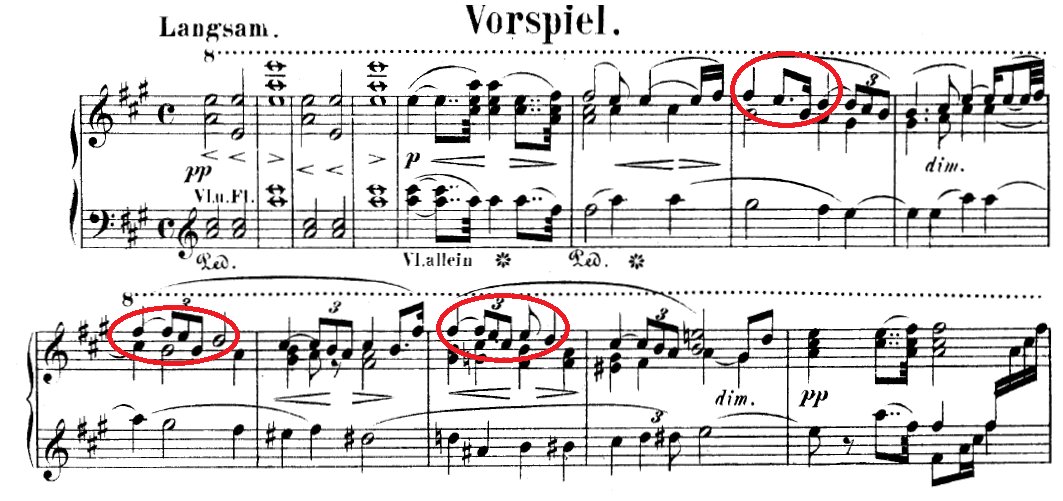
#WednesdayWagner Hoihoooo! Another Wednesday to dive into Wagner 🙂Since we are now in the "Siegfried" week, prior to its premiere at @Teatro_Real under Maestro @herascasado, let's focus today in a quick and wonderful resemblance: SIEGFRIED vs. DEBUSSY!
#TwitterCultural
#TwitterCultural
#WednesdayWagner The always wonderful Debussy looked very much at Wagner when creating his personal style. Indeed, Debussy's harmonic suspension was previously written in "Tristan und Isolde"
#TwitterCultural
#TwitterCultural

#WednesdayWagner But there is a wonderful excerpt in Siegfried that was beautifully taken by Debussy in a very famous work. Don't you believe me? Let's discover it.
PS-Disclaimer: Maybe it was unintentional, but the resemblance is there
#TwitterCultural
PS-Disclaimer: Maybe it was unintentional, but the resemblance is there
#TwitterCultural
#WednesdayWagner Do you remember the incredible "Forest Murmurs" in Siegfried? Of course you do! Listen to the flute melody that appears at 0.11 in the following link:
#TwitterCultural
#TwitterCultural
#WednesdayWagner Now, listen to Debussy's "Arabesque no. 1" ... Focus on the melodic pattern at 0.13 in the following link:
#TwitterCultural
#TwitterCultural
#WednesdayWagner Incredible! Not only the pitches are almost the same, but also the key (E Major) is chosen in both pieces and the figures and disposition of the pitches is identical (with up and down intervals all the time)! Have a look at the scores ...
#TwitterCultural
#TwitterCultural

#WednesdayWagner It is clear that Wagner was a true inspiration when composers wanted to use sound to depict nature. The magic of this Siegfried excerpt deserves this recognition. Enjoy it in a orchestral version under Philippe Jordan:
@threadreaderapp unroll
• • •
Missing some Tweet in this thread? You can try to
force a refresh






